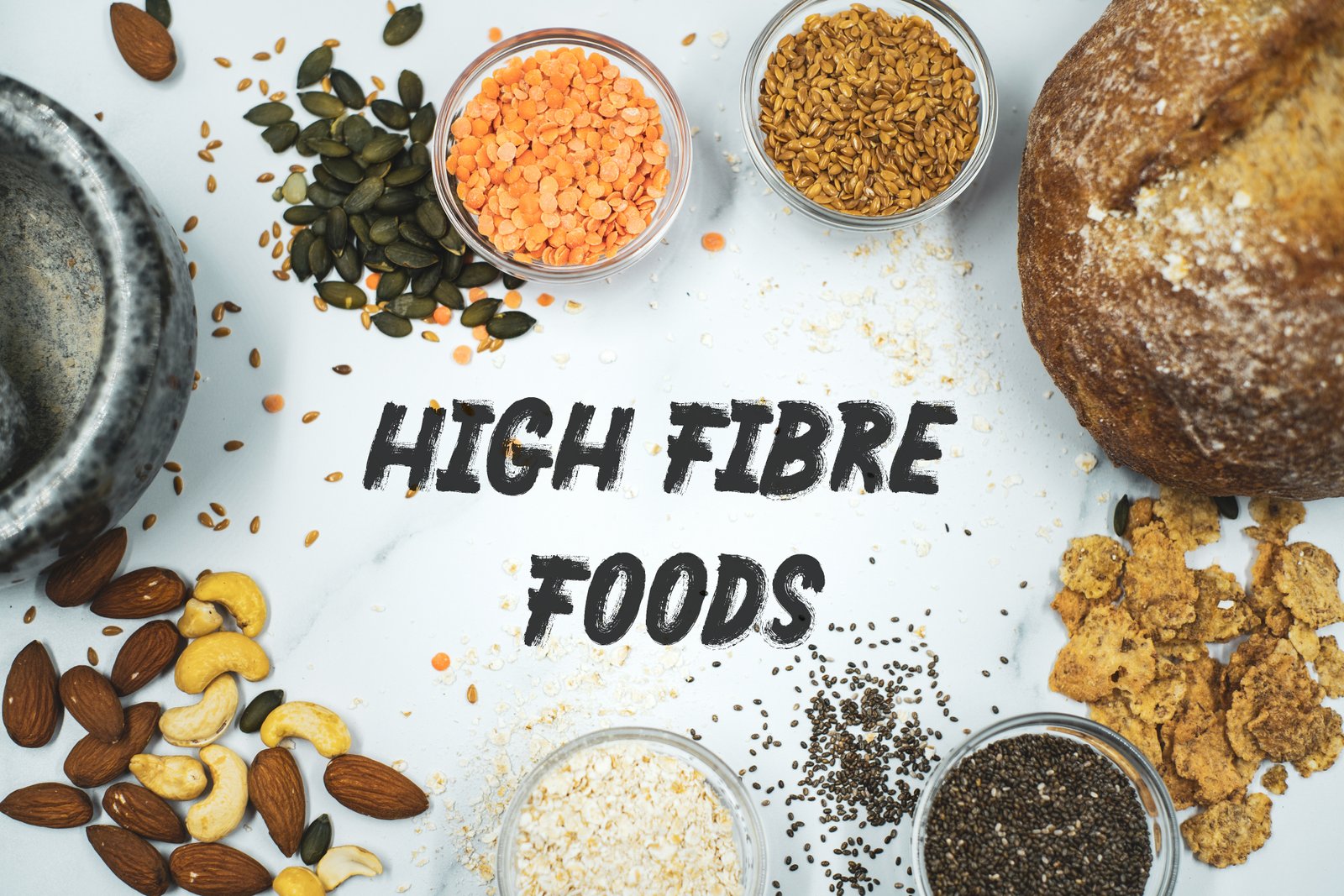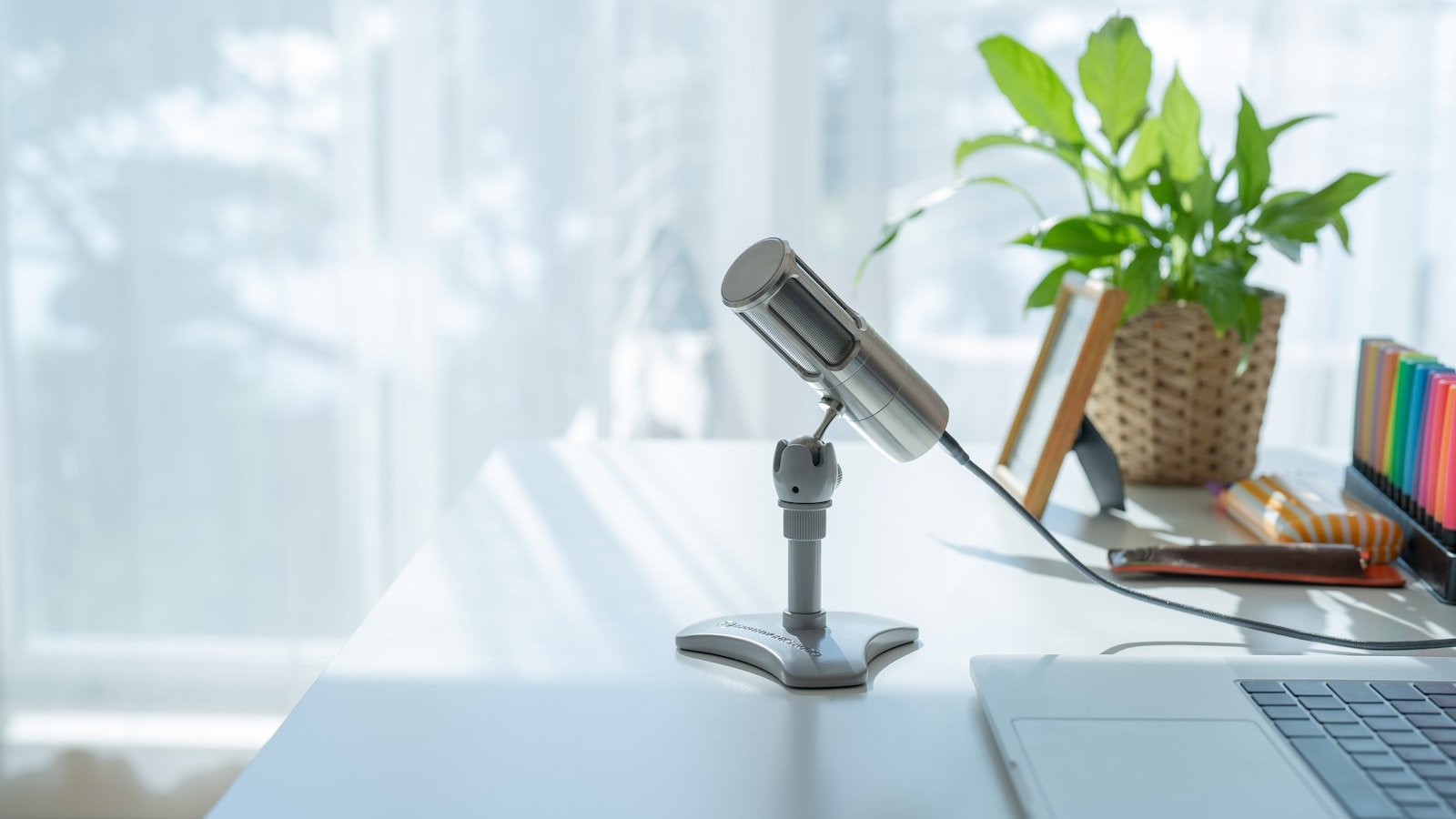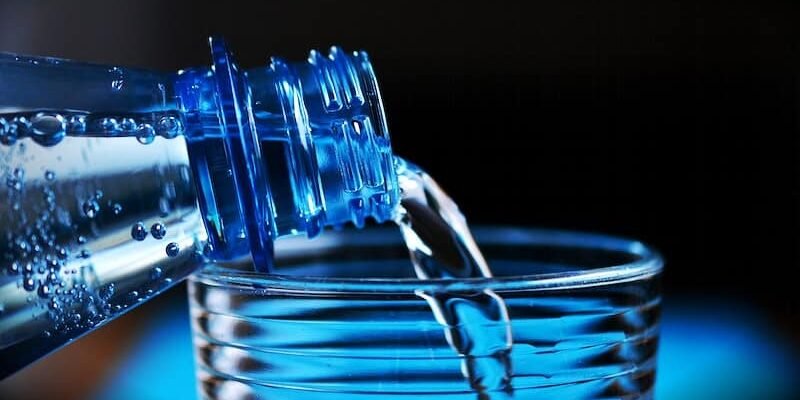After nine long months of nurturing a tiny human being within, the magical moment of birth finally arrives, filling your life with boundless joy and wonder. As a new mother, your world becomes a whirlwind of diaper changes, feeding schedules, and sleepless nights. In the midst of this beautiful chaos, it is essential to prioritize your own health and well-being. One crucial aspect often overlooked in the postpartum journey is maintaining a fiber-rich diet. Fiber not only aids in digestion, but it also plays a significant role in weight management, preventing constipation, and reducing the risk of chronic diseases. So, if you are ready to embark on this fiber-filled adventure, let us delve into some creative ways to ensure you get enough fiber in your postpartum diet.
Table of Contents
- Choosing the Right Foods to Boost Fiber Intake
- Incorporating High-Fiber Foods into Your Meals
- Creating Well-Balanced Fiber-Rich Snacks
- Staying Hydrated: Importance in Maintaining Optimal Fiber Consumption
- Planning and Moderating Your Fiber Intake
- Q&A
- In Summary

Choosing the Right Foods to Boost Fiber Intake
Boost Your Fiber Intake With These Delicious Food Choices
When it comes to improving our overall health, it’s important to pay attention to our fiber intake. Fiber plays a significant role in keeping our digestive system healthy and preventing a multitude of health issues. While there are countless options to choose from, here are some mouthwatering foods that will not only satisfy your taste buds but also help you increase your daily fiber intake:
- Avocado: This creamy and versatile fruit is not only packed with healthy fats but is also an excellent source of fiber. Add slices of avocado to your salads, sandwiches, or even enjoy it mashed on whole grain toast for a delicious and fiber-rich meal.
- Chia Seeds: These tiny seeds may be small in size, but they are mighty when it comes to fiber content. Sprinkle them on top of your yogurt, cereal, or blend them into your morning smoothies for an extra boost of fiber and a delightful crunch.
- Quinoa: A grain-like seed that is not only gluten-free but also high in fiber. Swap out your regular white rice for this nutrient-packed alternative in your favorite stir-fries or use it as a base for a refreshing summer salad.
- Blackberries: Bursting with flavor, these succulent berries are an excellent source of fiber. Not only do they make a fantastic addition to your breakfast bowls and desserts, but they also provide antioxidants to support your overall well-being.
Remember, while incorporating these fiber-rich foods into your diet is a great start, it’s essential to gradually increase your intake and listen to your body’s needs. Experiment with different foods, and don’t be afraid to get creative in the kitchen. Your taste buds and digestive system will thank you!

Incorporating High-Fiber Foods into Your Meals
Eating a diet rich in high-fiber foods has numerous health benefits and can help maintain a healthy digestive system. Here are some creative ways to incorporate these fiber-rich foods into your meals:
1. Start your day with fiber-packed breakfast options:
- Add a spoonful of chia seeds to your morning smoothie or yogurt for an extra boost of fiber.
- Opt for whole-grain cereals topped with fresh fruits like berries or sliced bananas.
- Indulge in a hearty bowl of oatmeal topped with nuts and seeds for a delicious and fiber-rich breakfast.
2. Sneak fiber into your main meals:
- Include legumes like lentils, chickpeas, or black beans in your salads, stews, or pasta dishes.
- Swap refined grains for their whole-grain counterparts in dishes like quinoa stir-fry or brown rice pilaf.
- Bulk up your sandwiches or wraps with fiber-rich veggies like spinach, bell peppers, or cucumbers.
3. Fiber-rich snacks to satisfy your cravings:
- Choose whole fruit instead of fruit juice for a higher fiber content.
- Snack on raw veggies such as carrot sticks, celery, or cherry tomatoes paired with a delicious hummus dip.
- Enjoy a handful of mixed nuts or seeds for a fiber-packed and nutrient-dense snack option.

Creating Well-Balanced Fiber-Rich Snacks
When it comes to snacking, it’s easy to reach for unhealthy options that leave us feeling sluggish and unsatisfied. Luckily, with a little creativity, you can create delicious and nutritious snacks that are packed with fiber to keep you feeling full and energized throughout the day.
One great way to incorporate fiber into your snacks is by reaching for fruits and veggies. These natural powerhouses are not only rich in vitamins and minerals but are also excellent sources of fiber. Try pairing some crunchy carrot sticks with a creamy hummus dip for a satisfying snack that will keep you fueled until your next meal. If you have a sweet tooth, consider slicing up some juicy strawberries and topping them with a dollop of Greek yogurt – the perfect combination of decadence and nutrition.
Looking for something a little more filling? Incorporating whole grains into your snack repertoire is a fantastic idea. Whole grain crackers topped with a smear of natural nut butter not only provide a satisfying crunch but also deliver a healthy dose of fiber and protein. Alternatively, whip up a batch of homemade granola bars using oats, nuts, and seeds, and you’ll have a fiber-rich snack that is both delicious and customizable.

Staying Hydrated: Importance in Maintaining Optimal Fiber Consumption
When it comes to maintaining optimal fiber consumption, staying hydrated is key. Hydration plays a crucial role in ensuring that your body can effectively digest and absorb fiber, which is essential for a healthy digestive system.
Why is hydration so important for fiber consumption? Let’s break it down:
- Improved Digestion: Drinking an adequate amount of water helps the body break down and absorb dietary fiber more efficiently. This promotes smoother digestion and prevents common issues like constipation.
- Enhanced Nutrient Absorption: Hydration assists in the absorption of vital nutrients from fiber-rich foods. Without proper hydration, the body may struggle to absorb these nutrients effectively, rendering your fiber intake less impactful.
- Preventing Dehydration: Fiber absorbs water and bulks up in the intestines, promoting regular bowel movements. However, without sufficient hydration, this process can become disrupted, potentially leading to dehydration.
So, how can you ensure you stay well-hydrated to maintain optimal fiber consumption? Here are a few tips:
- Drink plenty of water: Aim for at least 8 glasses of water per day, and even more if you engage in physical activity or live in a hot climate.
- Incorporate hydrating foods: Foods such as fruits and vegetables have a high water content, helping you stay hydrated while also providing fiber and other essential nutrients.
- Limit dehydrating beverages: Reduce your intake of sugary and caffeinated beverages, as they can have a diuretic effect and contribute to dehydration.
By making hydration a priority in your daily routine, you can ensure that your body receives the full benefits of fiber consumption and maintain a healthy digestive system.
Planning and Moderating Your Fiber Intake
When it comes to maintaining a healthy diet, fiber plays a vital role in supporting digestion and overall well-being. is essential to ensure you meet your daily dietary requirements without causing any discomfort. Here are some tips to help you incorporate fiber into your diet while maintaining a balanced approach:
- Variety is key: Experiment with different sources of fiber, such as fruits, vegetables, whole grains, legumes, and nuts. This will not only provide you with a wider range of essential nutrients but also prevent boredom from repetitive food choices.
- Gradually increase intake: If you’re not accustomed to a high-fiber diet, it’s best to introduce fibers gradually. Sudden increases can lead to bloating, gas, or even constipation. Start by adding small portions of high-fiber foods to your meals and slowly increase the serving size over time.
- Stay hydrated: Fiber works best when there’s enough water in your system. Make sure to drink an adequate amount throughout the day to support the movement of fiber through your digestive tract. Aim for at least 8 glasses of water daily.
- Listen to your body: Everyone’s fiber needs may differ, so pay attention to your body’s response when changing your intake. If you experience discomfort or digestive issues, adjust your fiber intake accordingly and consult a healthcare professional if needed.
By , you can optimize your digestive health and enhance your overall well-being. Remember, a balanced approach is key, so prioritize variety, gradual increases, hydration, and attentive listening to your body’s needs.
Q&A
Q: Why is it important to get enough fiber in your postpartum diet?
A: Getting enough fiber in your postpartum diet is crucial for promoting healthy digestion, preventing constipation, and maintaining optimal gut health after giving birth.
Q: How much fiber should I aim to consume in my postpartum diet?
A: It is recommended that women consume around 25-30 grams of fiber per day in their postpartum diet to ensure proper digestion and overall well-being.
Q: Which foods are high in fiber and should be included in my postpartum diet?
A: Foods such as whole grains, fruits, vegetables, legumes, nuts, and seeds are excellent sources of fiber and should be incorporated into your postpartum diet to meet your daily fiber needs.
Q: Can I consume fiber supplements to meet my daily fiber requirements?
A: While it is always best to obtain nutrients from whole foods, fiber supplements can be a convenient option if you struggle to meet your fiber needs through your diet alone. However, consult with your healthcare provider before adding any supplements to your postpartum routine.
Q: How can I increase my fiber intake without causing digestive discomfort?
A: Gradually increase your fiber intake over time, staying hydrated throughout the day, and incorporating fiber-rich foods into your diet in small portions can help prevent digestive discomfort while boosting your fiber intake.
Q: Are there any fiber-rich foods that I should avoid in my postpartum diet?
A: While most fiber-rich foods are beneficial, it is recommended to avoid excessive consumption of gas-producing foods such as beans, lentils, and certain raw vegetables that may cause bloating or discomfort in some individuals.
Q: Are there any potential risks associated with consuming too much fiber in my postpartum diet?
A: Consuming excessive amounts of fiber in your postpartum diet may lead to bloating, gas, and even diarrhea. Moderation is key, and it is essential to listen to your body’s needs when adjusting your fiber intake.
Q: Can a high-fiber diet affect breastfeeding and milk production?
A: A high-fiber diet is generally safe for breastfeeding and does not affect milk production. However, if you notice any changes in your baby’s digestion or well-being, consult with your healthcare provider.
In Summary
As we conclude this fiber-filled journey, urging all supermoms out there to prioritize their postpartum health, we hope that you feel empowered and equipped to embrace the benefits of a fiber-rich diet. Remember, it’s not just about adding more spinach to your plate or swapping refined grains for whole ones. It’s about nourishing your body and soul with the extraordinary power that lies within the humble fiber.
So, let’s embark on this beautiful adventure, filling our shopping carts with nature’s wonders – fruits, vegetables, legumes, and grains – knowing that we are providing our bodies with the essential fuel they need. Embrace the vibrant colors and grateful textures of each fiber-filled meal, and let your taste buds dance with joy.
Equally important, make sure to explore the incredible recipes we’ve shared with you, full of flavors and creativity, as they mingle with the wisdom of cooking traditions from around the world. From the medley of spices in a warm curry to the comforting hug of a hearty soup, each dish carries the potential to transform your postpartum experience, nourishing not only your body but also your spirit.
Remember, dear reader, that this is not just a passing phase in your life but a powerful opportunity for growth and self-care. As you savor each fiber-packed bite, cherish the connection you forge between your health and your little one’s wellbeing. Allow your body to heal and rejuvenate, embracing the practice of self-love and self-nourishment.
So, go forth, strong and radiant warrior-mom! Fill your days with delicious meals that energize and invigorate you. Let fiber be your ally in this incredible chapter of your life. From now on, let your postpartum diet be a beautiful testimony to the love and care you provide for both yourself and your precious bundle of joy. Bon appétit!
As an affiliate, my content may feature links to products I personally use and recommend. By taking action, like subscribing or making a purchase, you’ll be supporting my work and fueling my taco cravings at the same time. Win-win, right?
Want to read more? Check out our Affiliate Disclosure page.